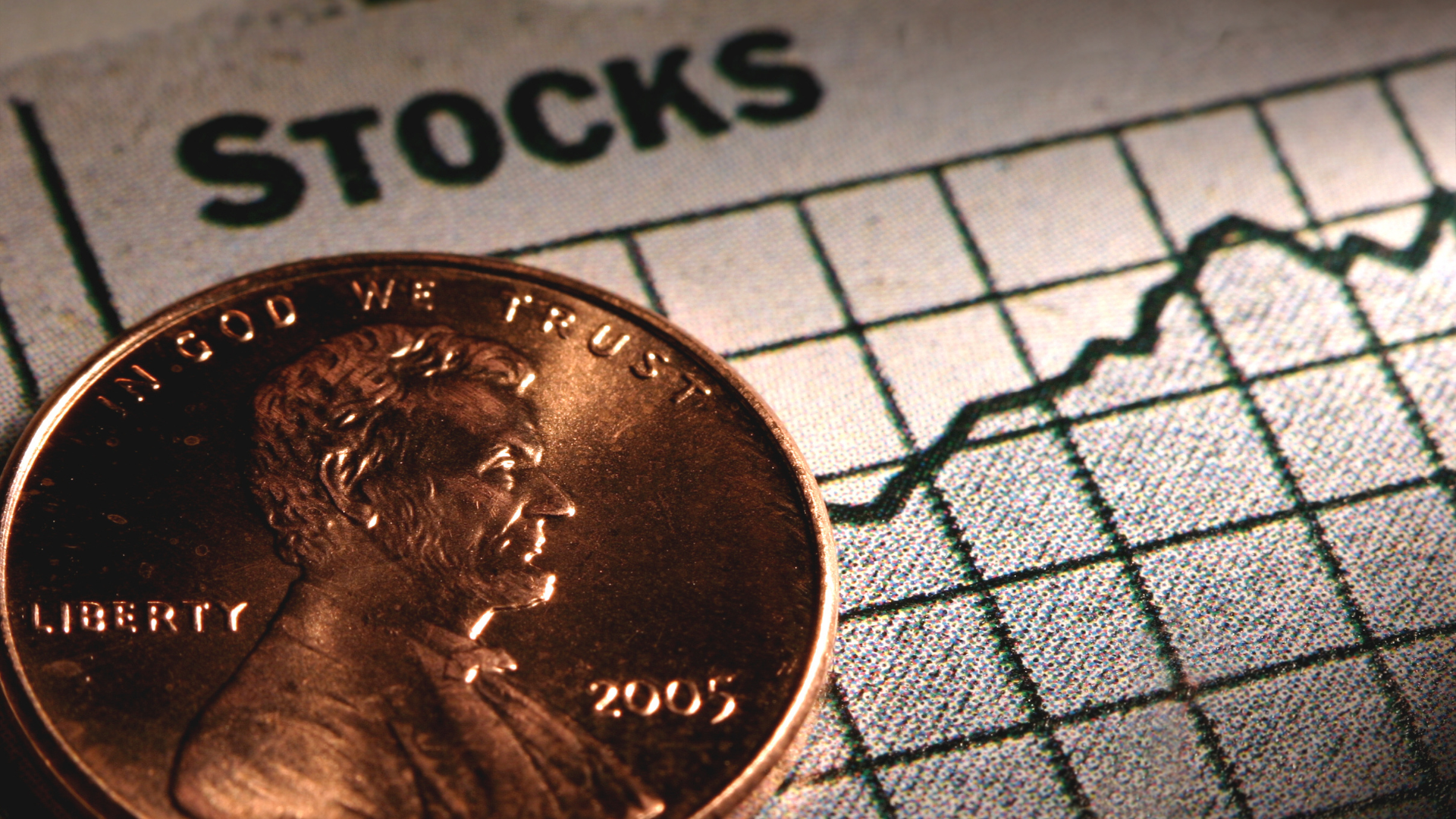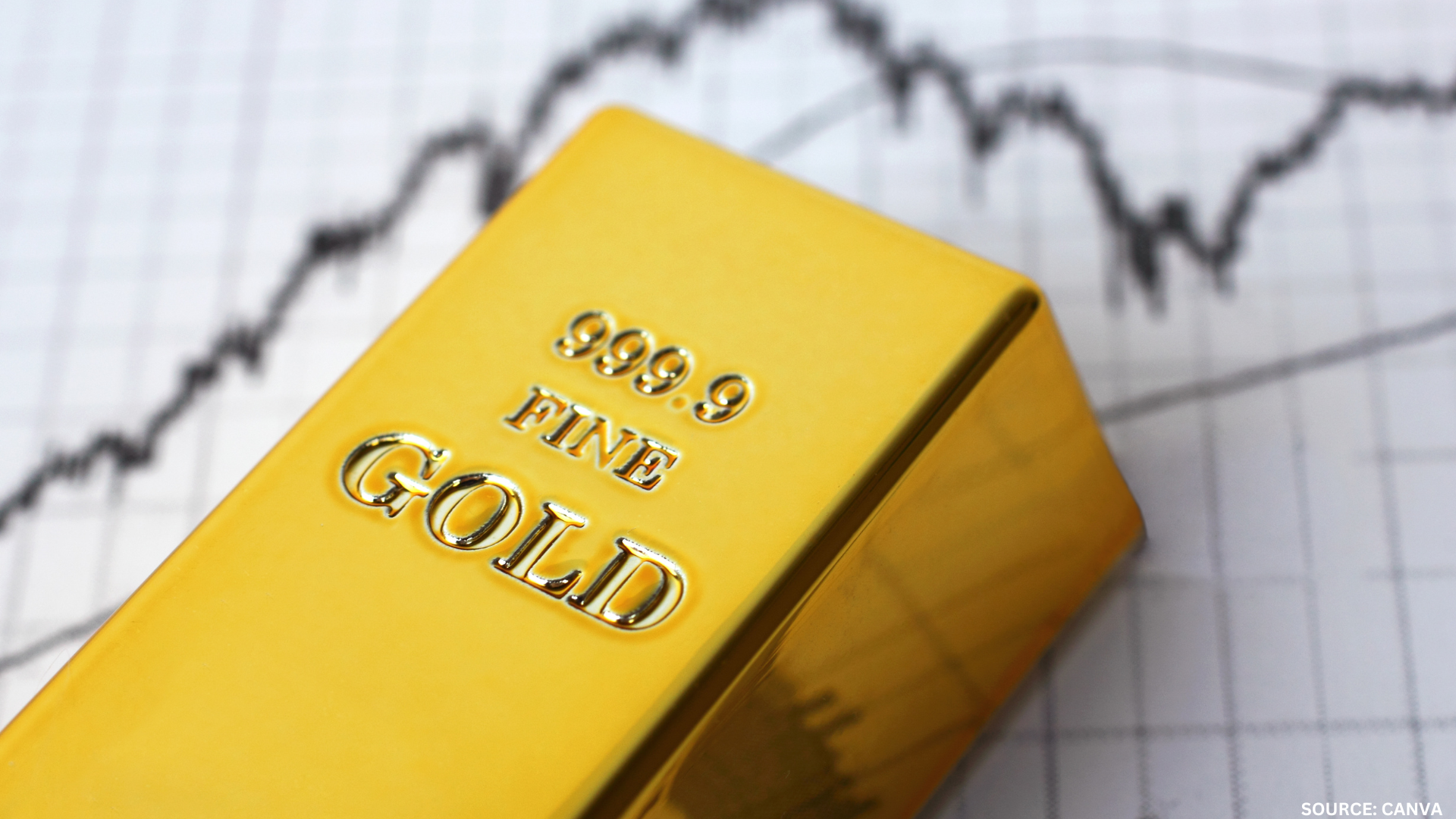The gold price continued to show a negative bias on Thursday, staying around $2,725 within a tight trading range for the week. Investors are maintaining a cautious stance as global economic uncertainty and a strong U.S. dollar keep gold’s movement restricted.
Gold’s limited performance reflects the strength of the dollar, driven by expectations that the Federal Reserve will continue its monetary tightening. Higher U.S. interest rates typically dampen gold’s appeal, as the metal offers no yield, making it less competitive against interest-bearing assets. With the Fed indicating further rate hikes, traders are hesitant to push gold beyond its current range.
At the same time, global economic risks, including inflation and ongoing geopolitical concerns, are lending some support to safe-haven assets like gold. However, this demand has not been strong enough to push gold out of its narrow range, as many investors wait for more direction on economic data and central bank actions.
Analysts suggest that gold’s price could remain constrained unless there is a major shift in economic indicators or central bank policy. Currently, gold is trading within the $2,700 to $2,750 range as bullish and bearish influences balance each other.
Investors are keeping a close eye on U.S. inflation figures and Federal Reserve commentary for any signs that might affect the dollar’s strength, which would in turn impact gold’s price. Although gold is typically viewed as a hedge against economic and geopolitical risks, it remains sensitive to the Fed’s tightening cycle in the U.S.
With little indication that gold will break out of its weekly range soon, market attention remains on how upcoming economic events could shift investor sentiment and alter the precious metal’s path in the near term.






















